Materials Used
Our exquisite designs are crafted using a variety of semi-precious gemstones, each with its own unique history, location of origin, and composition. From the vibrant turquoise mined in the deserts of Arizona to the shimmering amethyst found in the mountains of Brazil, our jewelry pieces showcase the beauty and diversity of these natural treasures. Whether it's the calming properties of rose quartz or the energizing effects of citrine, each gemstone is carefully selected to create stunning pieces that not only enhance your style but also bring positive energy into your life.
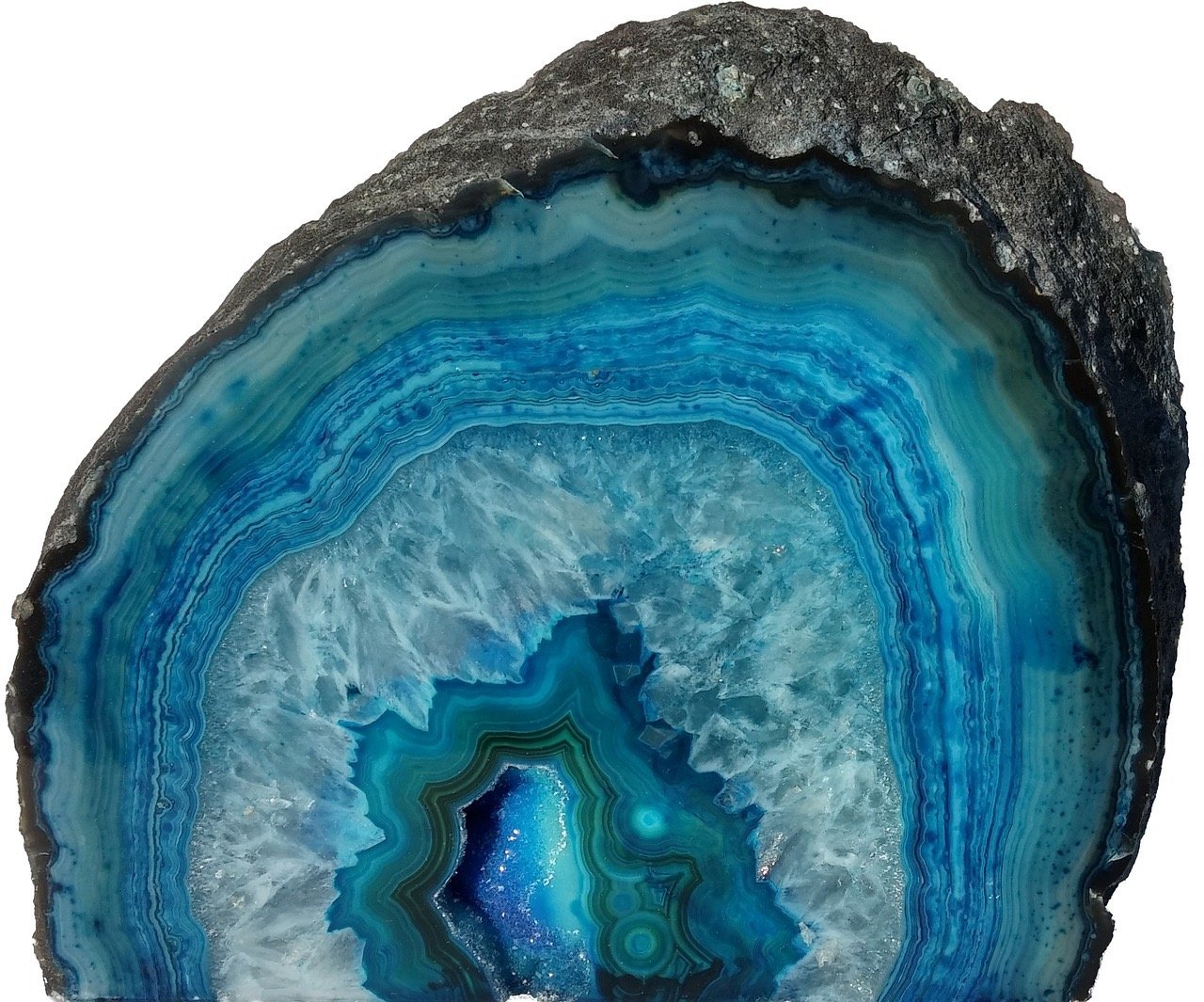
* AGATE - Agate is a chalcedony quartz that forms in concentric layers in a wide variety of colors and textures. Each individual agate is formed by filling a cavity in host rock. As a result, agate often is found as a round nodule, with concentric bands.
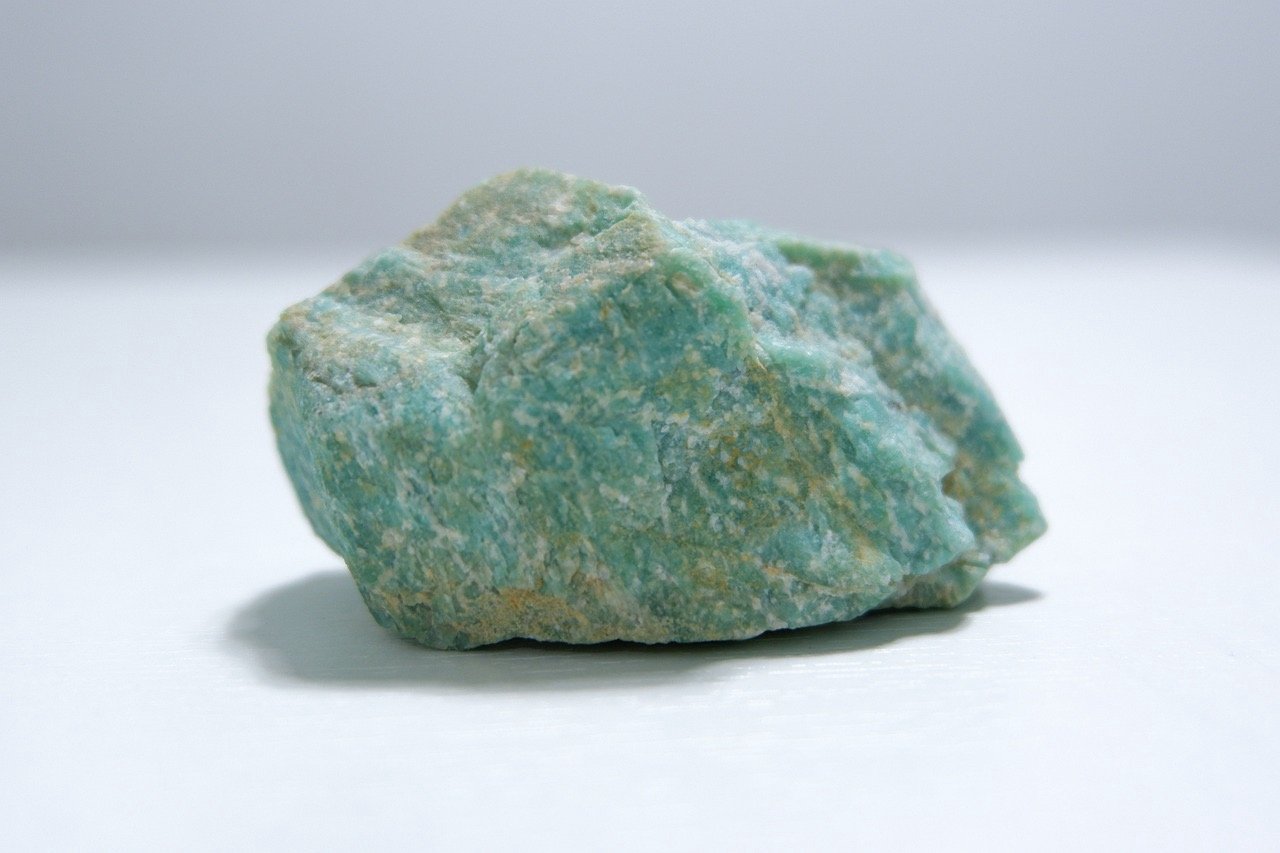
* AMAZONITE - Amazonite, also known as "Amazon stone," is a semi opaque blue-green variety of microcline feldspar. Amazonite is a mineral of limited occurrence and is present in parts of Brazil, Colorado and Virginia in the United States, Australia and Madagascar. Amazonite is a mostly opaque stone textured with pale milky-white cloudiness or streaking ranging from light green to greenish blue to deep green/blue. Amazonite's soft and attractive color closely resembles nephrite and jadeite. Amazonite's appearance is very distinctive with its grid-like, mottled, green and white pattern. The color of amazonite is due to the presence of lead within the stone and color variation may exist within a single stone.

* AVENTURINE - Aventurine belongs to the quartz family. Sometimes called “new jade," aventurine often has inclusions (due to green fuchsite mica) which creates a speckle, differing from genuine jadeite.
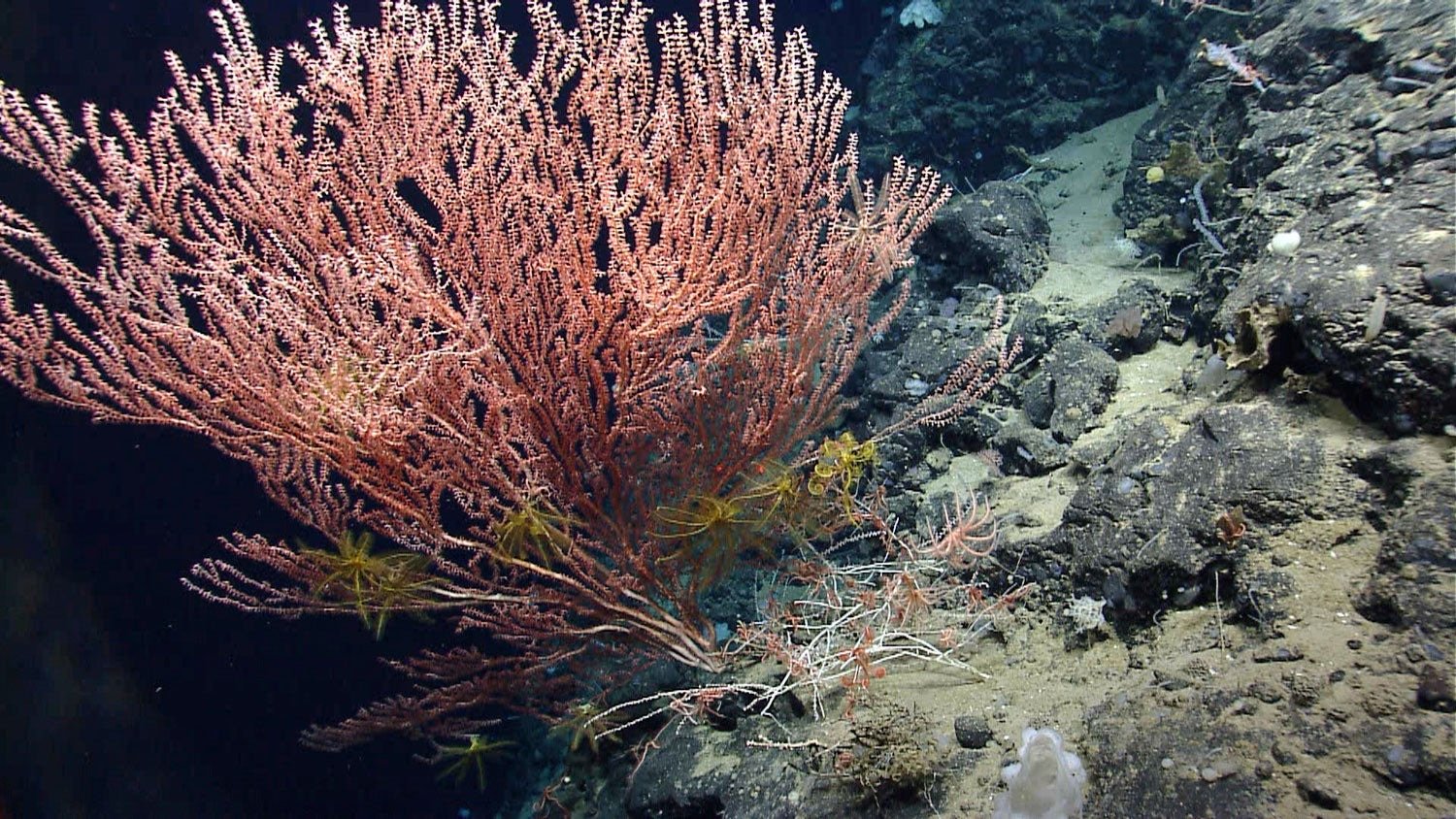
* BAMBOO CORAL - Bamboo coral, family Isidia, is a family of mostly deep-sea coral of the phylum Cnidaria, class Anthozoa, and subclass Octocorallia. It is a commonly recognized inhabitant of the deep sea. The coral skeletons consist of stretches of branch-like, stony calcium carbonate material, interspersed with joint-like regions of gorgonin protein. The natural color is creamy white with brown or black.

* CARNELIAN - Carnelian is a semi-precious quartz stone that ranges in color from pale orange to rich, near reddish-orange to a deep reddish-brown. It can also be anything from totally translucent to semi-opaque. Carnelian is formed from the intergrowth of two silica minerals with differing crystal structures: quartz and moganite. It is most commonly found in India, Brazil, Siberia and Germany.
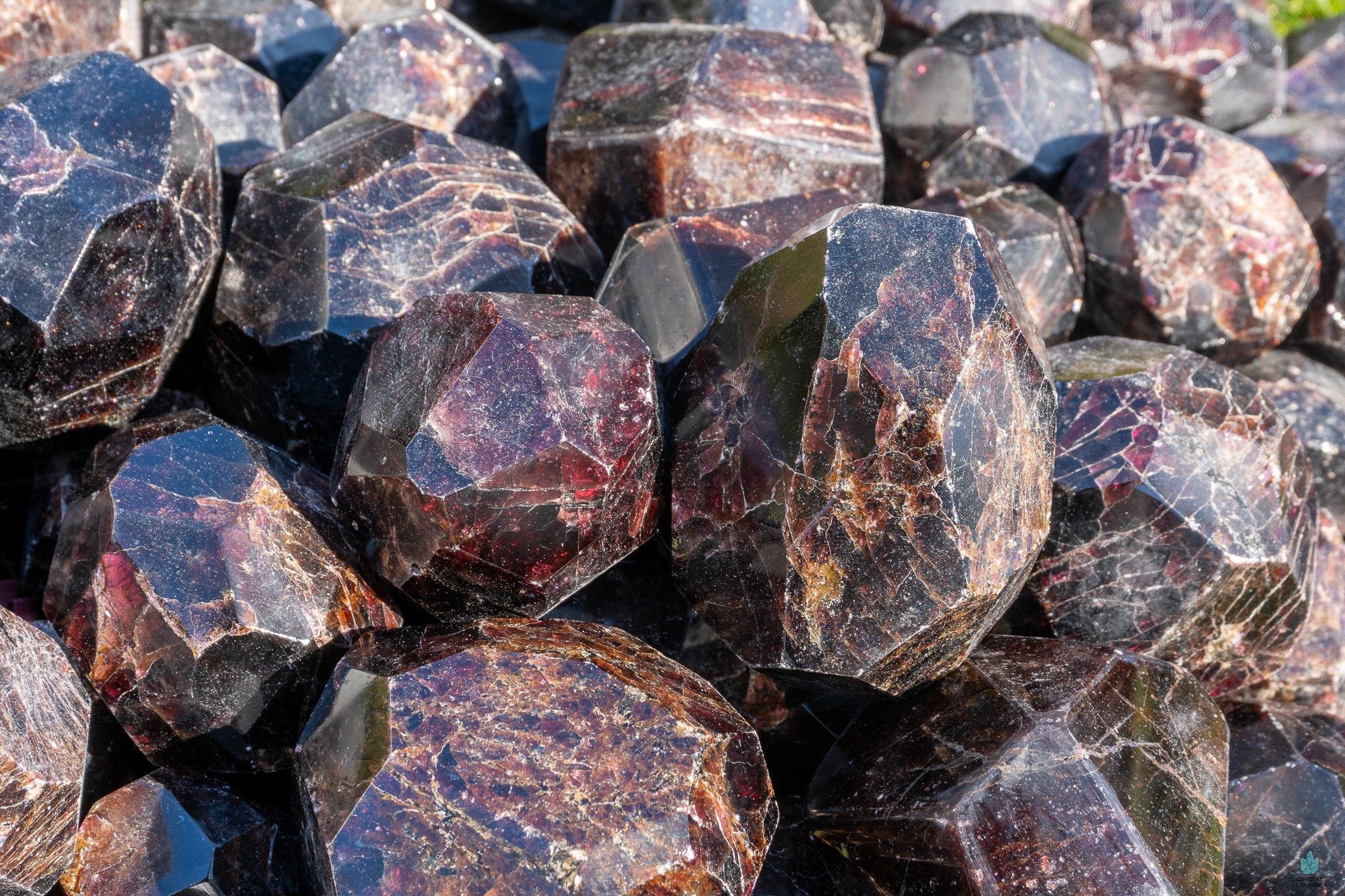
* GARNET - Garnet is the name of at least ten similar mineral species – with many “garnets” being a combination of these minerals. All are quite sturdy and resistant to everyday wear and tear because of their excellent hardness. Garnet, the January birthstone, derived its name from the Latin word granatus, meaning like a grain - referring to how their crystals resemble pomegranate seeds.
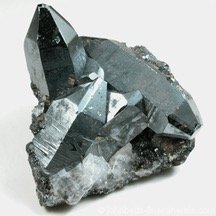
* HEMATITE - Hematite is one of the most common minerals, formed by oxidized iron. All non-crystalline forms of hematite come from the mineral Limonite that lost water due to heat. Hematite comes from a Greek word for "blood-like" because of the color, and ancient superstition believed that hematite was formed from battles. Hematite's properties come from the energy of iron and the calming of oxygen.

* HOWLITE - Howlite, named after its discoverer Henry How (a Nova Scotia geologist), is a mineral that is famous for imitating another stone, turquoise. Howlite is white or gray, but is commonly dyed blue. Howlite is formed in nodules that appear like the heads of cauliflower. Veins of black, web-like streaks are often interlaced, adding to the character.
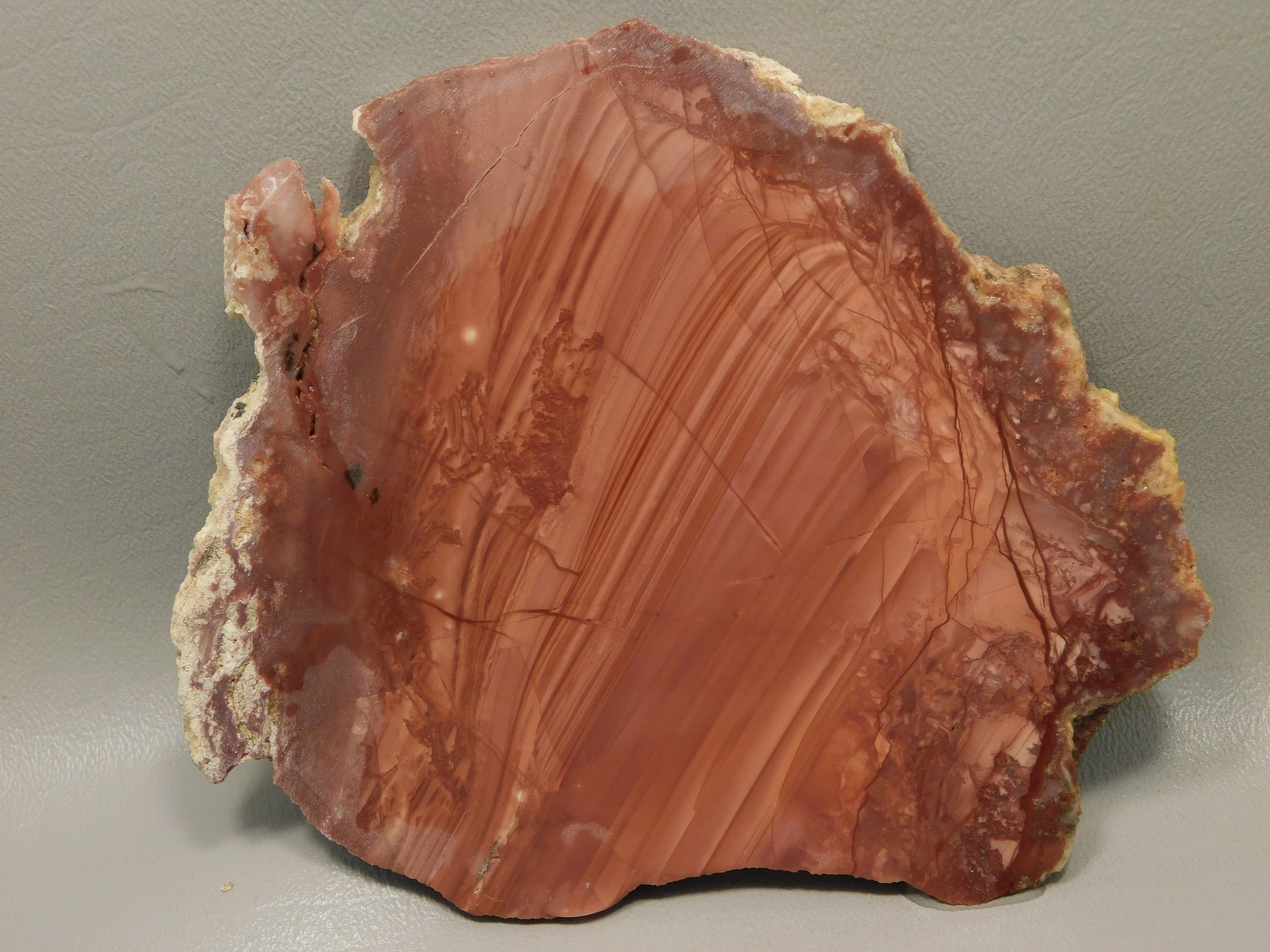
* IMPERIAL JASPER - Imperial Jasper is found about 50 miles northwest of Guadalajara, Mexico. Pink imperial, brown imperial, green imperial, royal imperial, select imperial and spiderweb imperial are all found here.
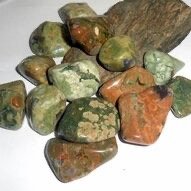
* JASPER - Jasper is an opaque variety of Chalcedony, and is usually associated with brown, yellow, or reddish colors. Jasper is almost always multicolored, with unique color patterns and habits. Though it can be a solid color, it is most often mottled, spotted, ringed, or striped. Jasper is distinguished from other Chalcedony varieties such as Agate and Carnelian by its opacity. The unique color patterns (combined with hardness) can distinguish Jasper from all other gemstones.
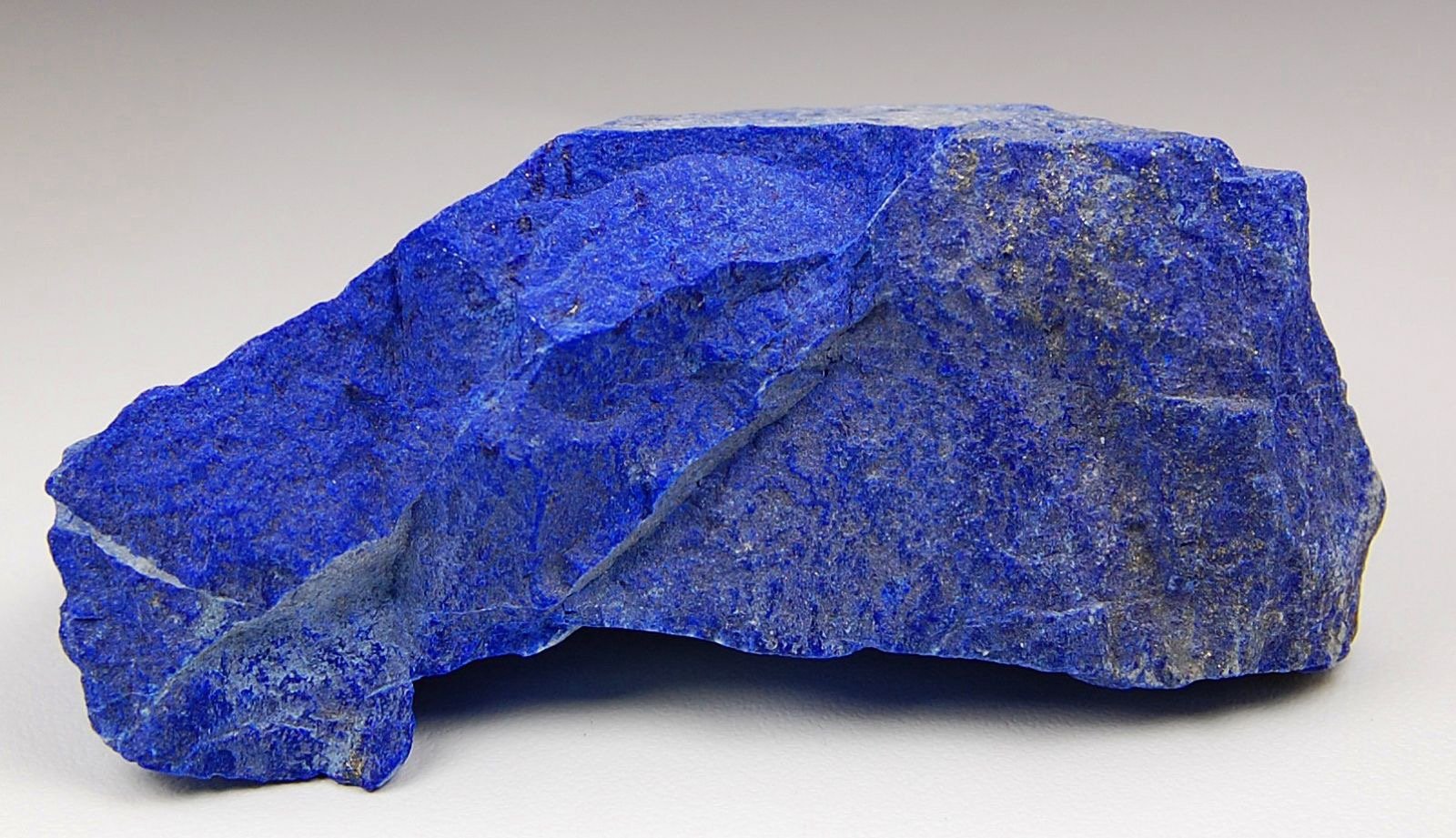
* LAPIS - Lapis Lazuli, named after “lapis,” the Latin word for stone, and the Arabian for blue. Lapis is mined in the remote mountains of Afghanistan, the best stones being deep and intensive blue with finely distributed golden crystals. The inclusions are not gold but pyrite, caused by iron. The blue color comes from the sulfuric content of lazurite.

* LAVA STONE - Lava stone comes from the core of the earth - fiery brimstone that bubbles to the surface and cools. Once the stone is cool, it becomes porous and black, creating the beautiful black color so many have come to love. This is known as basalt and can mostly be found in the ocean.
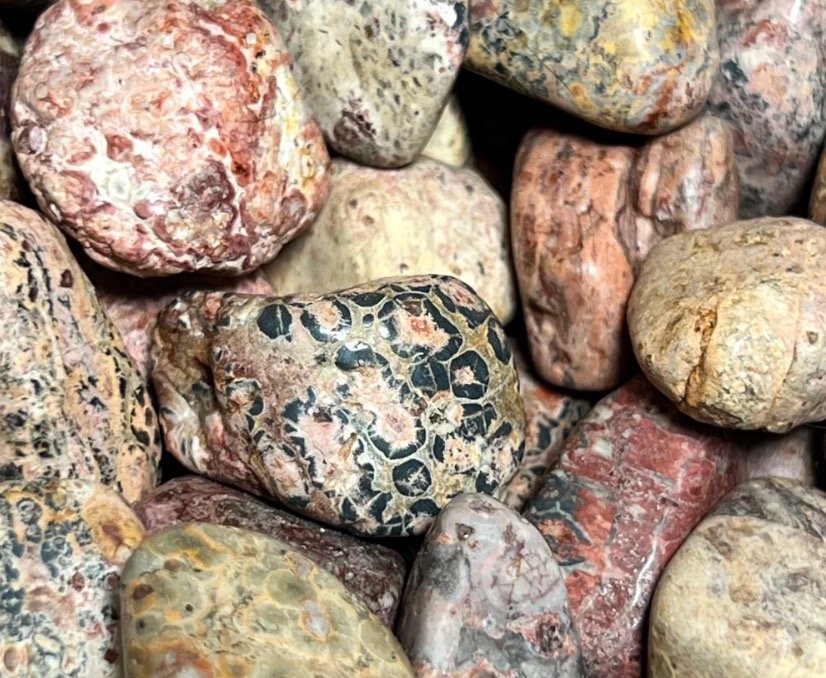
* LEOPARDSKIN JASPER - Leopardskin jasper is a silicon dioxide with various inclusions that create the unique and desirable patterns. Jaspers in general are varieties of the quartz family that may contain up to 20 percent foreign materials or inclusions, including organic material and mineral oxides. This jasper has a trigonal crystal system and is considered orbicular. Leopardskin jasper is found in multiple countries, including Mexico, Brazil and some areas of Africa.
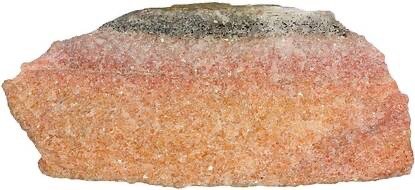
* MARBLE - Marble is a granular metamorphic rock formed under the influence of heat and pressure, and consists of a mass of interlocking calcite or dolomite grains. Pure marble is white, and some other marbles take their common names from their color or mineral impurities. Marble is often used for fine building material or sculpture, thanks to its beautiful appearance.

* MOTHER OF PEARL - Mother-of-pearl refers to the nacre that coats the inside layer of the mollusk shell which is used to form pearls--. Found in saltwater and freshwater varieties, mother-of-pearl shell sources include Australia, Burma (Myanmar), Central America, China, Europe, French Polynesia, Japan, the Gulf of Manaar, Madagascar, North America, the Persian Gulf, the Philippines, the South Pacific Islands, South America and Southeast Asia.
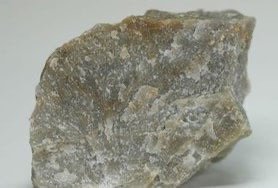
* QUARTZITE - Quartzite is a hard, non-foliated metamorphic rock which was originally pure quartz sandstone. Sandstone is converted into quartzite through heating and pressure usually related to tectonic compression within orogenic belts. Pure quartzite is usually white to grey, though quartzites often occur in various shades of pink and red due to varying amounts of iron oxide (Fe2O3). Other colors, such as yellow, green, blue and orange, are due to other minerals.
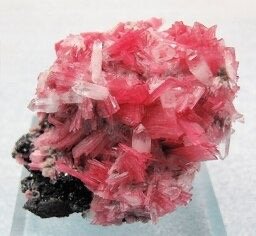
* RHODONITE - Rhodonite is a pink manganese silicate mineral of variable composition that often contains significant amounts of iron, magnesium, and calcium. Rhodonite is usually found in metamorphic rocks associated with other manganese minerals. Rhodonite is an uncommon mineral. It is found in a few small deposits across the world. Sources of rhodonite include: Argentina, Australia, Brazil, Canada, England, India, Peru, Russia, and Sweden. In the United States it has been found in North Carolina, Colorado, New Jersey, and has been named as the state gem of Massachusetts.
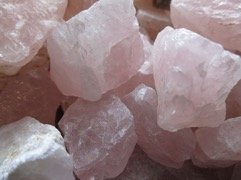
* ROSE QUARTZ - Quartz includes a large group of minerals based on silicon dioxide. Rose quartz is a macrocrystalline form, as are amethyst, aventurine and citrine. It is a milky pink color, often crackled, and found mainly in large clumps. Only rarely is it found in single crystal form. It is believed that the pink color is due to a small amount of titanium. Rose quartz is found in pegmatite, a course-grained igneous rock (usually granite). Transparent rose quartz is rare, but is found where the best material comes from: Madagascar. The stone is found in quantity in Brazil, but also is known from Colorado, Scotland and in the former USSR.
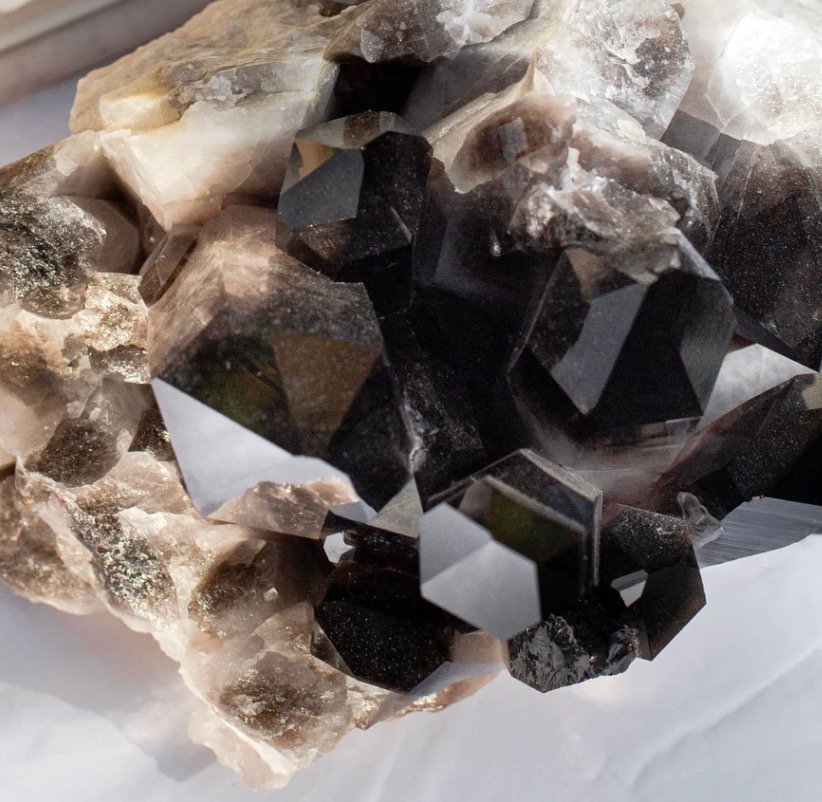
* SMOKY QUARTZ - Smoky quartz (also known as smoky topaz), named for its smoky color, is formed when rock crystal is naturally irradiated. Smoky quartz ranges in color from light grayish-brown to deep black. It is most typically transparent to translucent but can be opaque. The irradiated crystal with resulting smoky color usually occurs at high altitudes which is why its most notable sources are Brazil, Colorado and the Swiss Alps.

* SOAPSTONE - Soapstone (steatite) is a massive and often impure variety of Talc, often found in association with serpentine and chlorite schists. Steatite is also called a Soapstone because the raw material may feel soapy when touched. Steatite is very soft because of the high talc content.
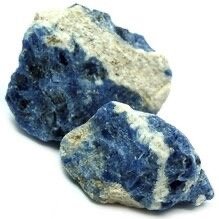
* SODALITE - Sodalite is a deep blue mineral that gets its name from its sodium content. A sodalite deposit was discovered in Greenland in 1806 and then sodalite ornaments were seen in 1891, when larger deposits of gem-quality material were found in Ontario, Canada. Apart from blue, sodalite can be gray, yellow, orange or pink. Sodalite is typically blue, and often has white veins running through it.
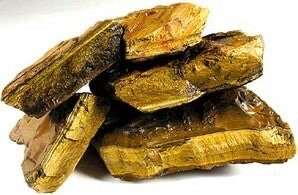
* TIGER'S EYE - Tiger's-eye is polished to show its characteristic band of pearly luminescence, resulting from light reflecting off its thin parallel inclusions in the quartz. Colors range from a rich golden yellow to dark brown.
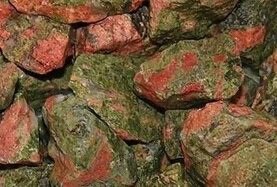
* UNAKITE - Unakite, also called epidote, derives its name from the Greek epidosis, meaning "growing together". It is named after the Unaka mountain range of western North Carolina and eastern Tennessee, where it was first discovered and described. Unakite is a combination of red jasper and green epidote solidly bound together. From this we get the meaning that "what comes together belongs together."
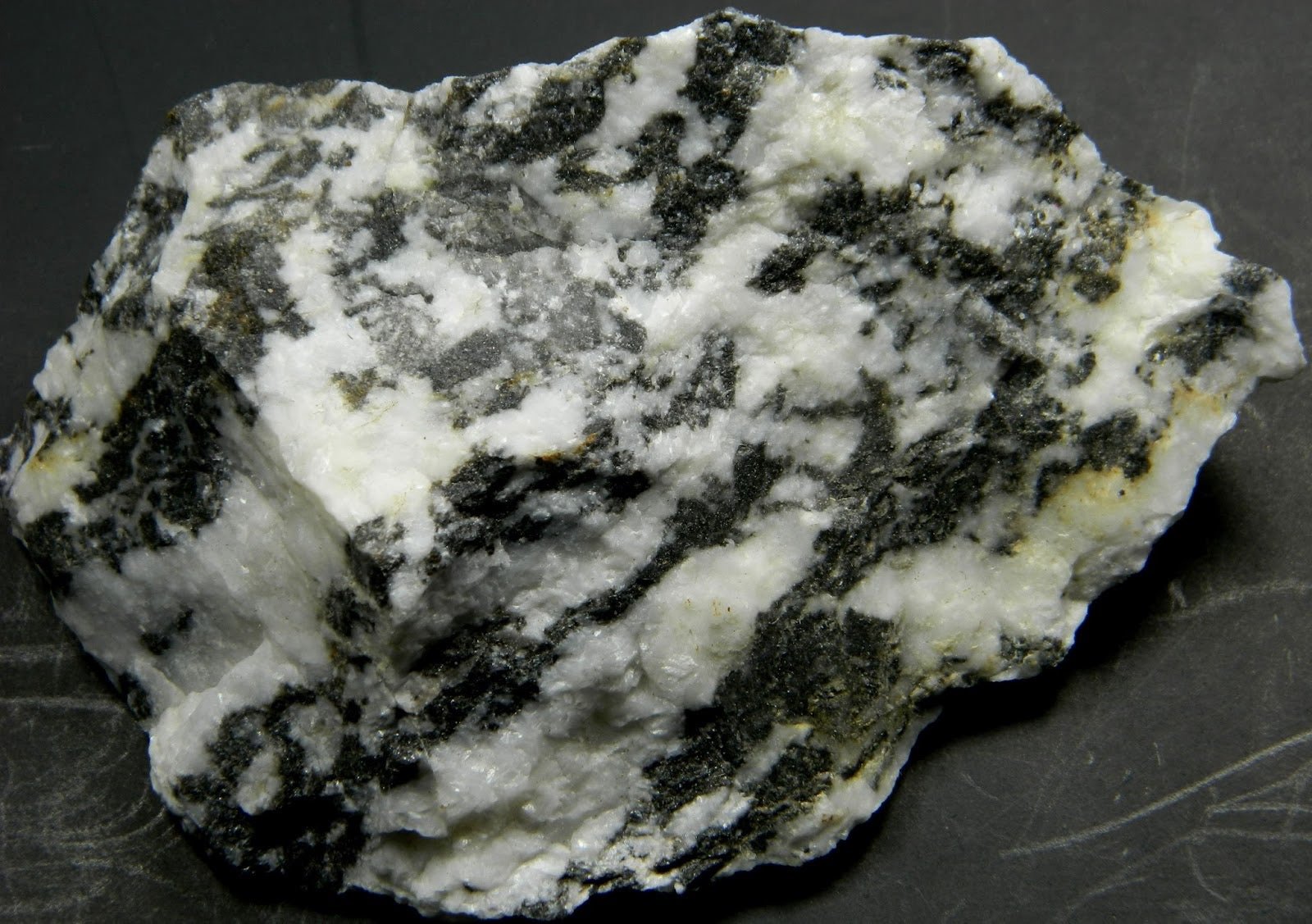
* ZEBRA STONE - Zebra stone is a distinctive reddish-brown and white-banded sedimentary rock from the east Kimberley of Western Australia. Composed essentially of small particles of quartz and 'sericite' (fine-grained white mica), zebra stone also contains the minerals kaolinite, dickite and alunite.
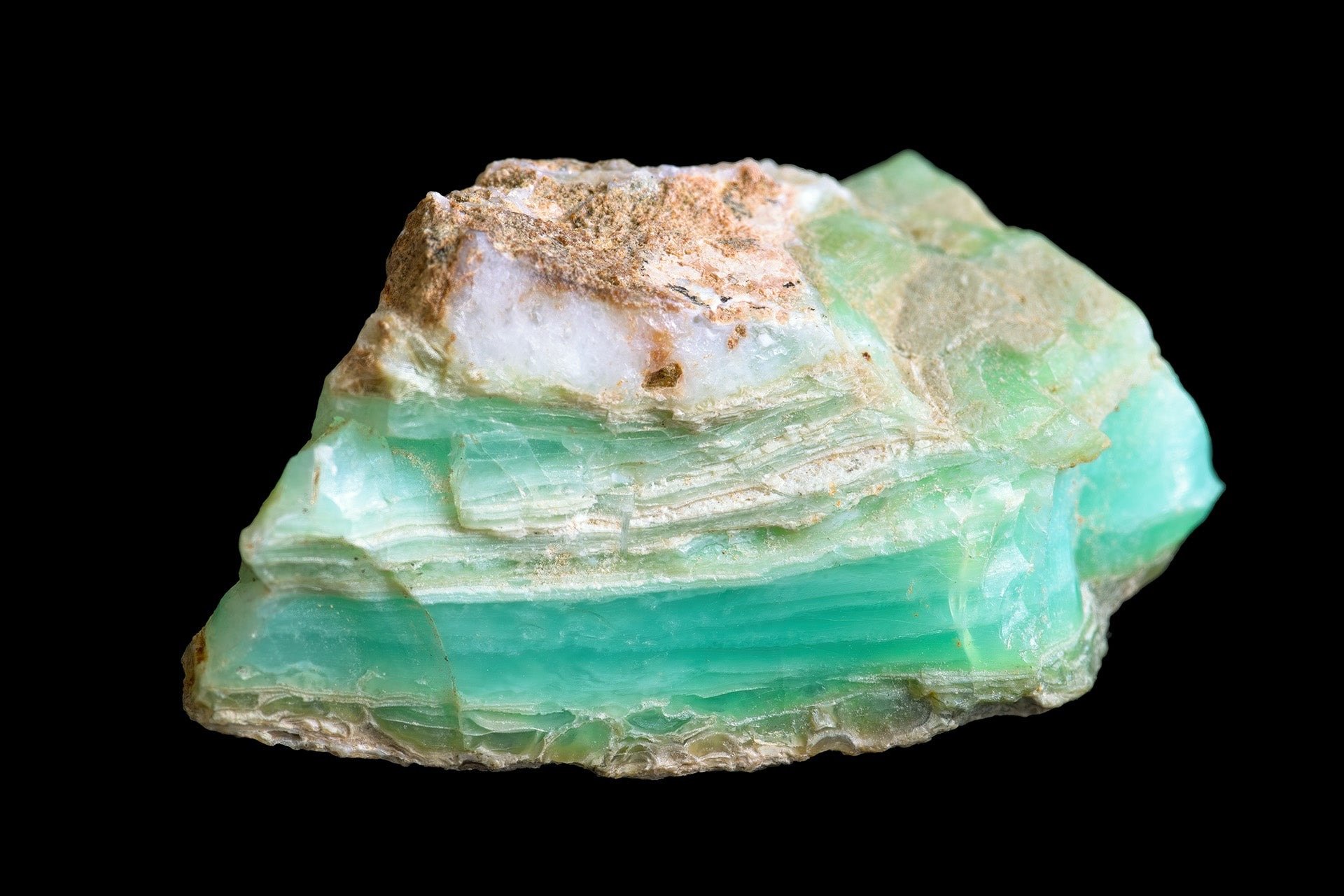
* CHRYSOPRASE - aka Jadite - Chrysoprase is the green variety of chalcedony. Its color ranges from a light, minty-green to a deep apple-green. The unique, rich color of Chrysoprase is caused by impurities of nickel, as this gemstone most frequently originates in nickel-rich Serpentine deposits.
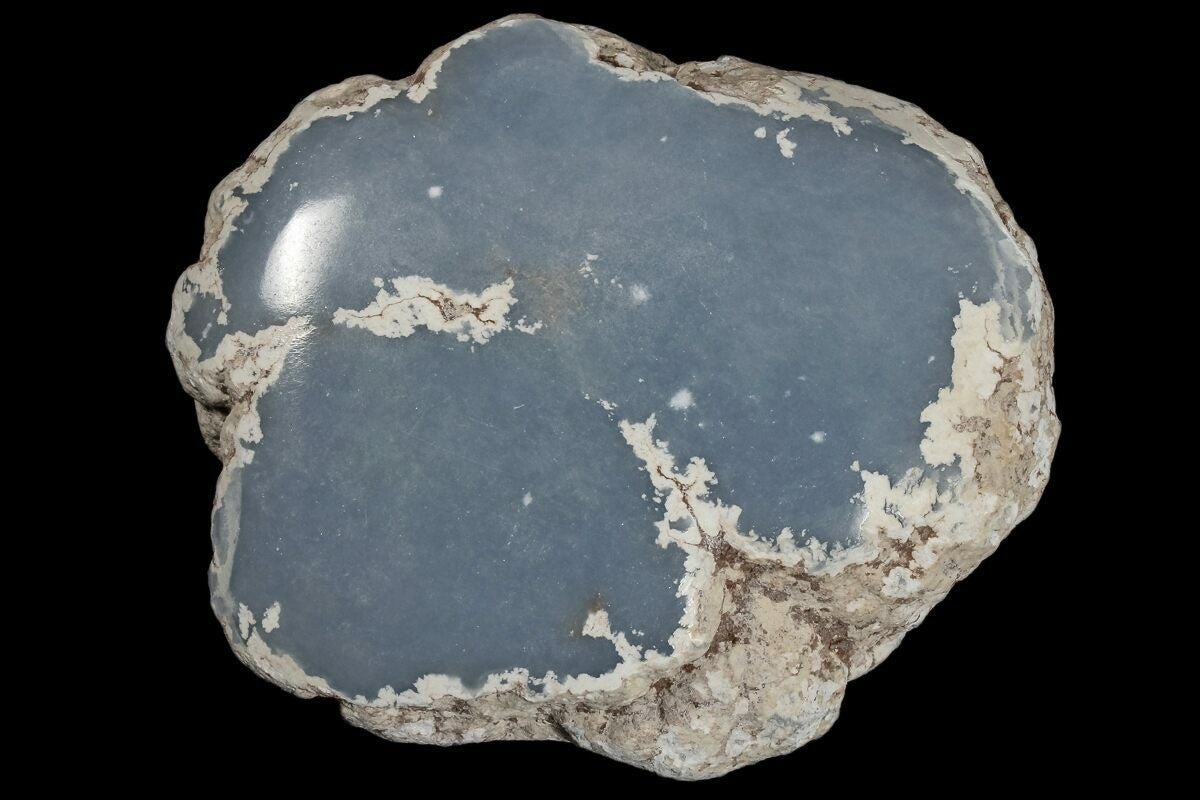
* ANGELITE - also known as anhydrite or angel stone, is a glacier blue- or lilac blue-colored soft stone that has a white center and snow-white flecks with occasional brown or rusty inclusions. Angelite was discovered in 1987 in Peru. The name ahnydrite comes from the Greek anhydras--meaning "without water"--a reference to angelite being a gypsum that has completely lost all hydration, becoming a stone that is "without water."
* Information regarding materials used obtained from the following sources:
www.gemselect.com/index.php
www.mrbead.com/MrBead/stonelist6.htm
www.wikipedia.org
www.geology.com
www.firemountaingems.com